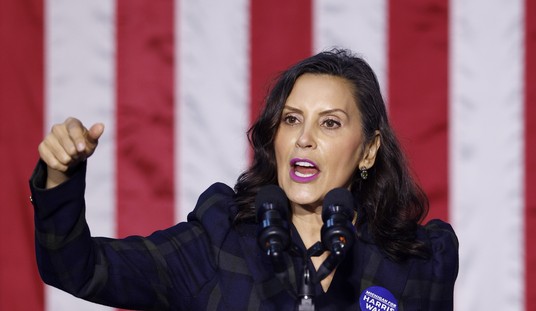“Germany’s Effort at Clean Energy Proves Complex,” reads the New York Times headline. Indeed, Germany is suffering the utterly predictable consequences of its post-Fukushima “energy transformation” in which Chancellor Angela Merkel, with the backing of all the country’s major political parties, vowed to shut down all of Germany’s nuclear reactors and force the energy market into 80 percent wind and solar by 2050. (“Complex” is apparently the euphemism the NYT is using for “when real life and science tell us stuff we don’t like.”)
It was bold. It was visionary. It was predictably disastrous for energy supply, energy prices, competitiveness, and low-income Germans. Perhaps the “transformation’s” most devastatingly ironic result is the increase in the country’s emissions, caused when a bunch of coal plants had to go into overdrive to make up for the, again, utterly predictable shortfall from windmills and the bright, consistently sunny skies of…Germany.
Behold what happens when “bold,” “visionary” liberal energy reforms do exactly what conservatives predict they will:
German families are being hit by rapidly increasing electricity rates, to the point where growing numbers of them can no longer afford to pay the bill. Businesses are more and more worried that their energy costs will put them at a disadvantage to competitors in nations with lower energy costs, and some energy-intensive industries have begun to shun the country because they fear steeper costs ahead.
Newly constructed offshore wind farms churn unconnected to an energy grid still in need of expansion. And despite all the costs, carbon emissions actually rose last year as reserve coal-burning plants were fired up to close gaps in energy supplies. A new phrase, “energy poverty,” has entered the lexicon.
Erika has touched on this phenomenon before. Western European green mandates —> energy shortfalls—> importing and increasing coal output—> increasing emissions.
Stories from the age of energy poverty are, again, predictably sad— a vision of regression into a literally darker age— and it is, predictably, the poor and most vulnerable who feel the pain of expensive energy first and worst (as with any complex government reform, the big, rich, and connected got their carve-outs):
“Often, I don’t go into my living room in order to save electricity,” said Olaf Taeuber, 55, who manages a fleet of vehicles for a social services provider in Berlin. “You feel the pain in your pocketbook.”
Mr. Taeuber relies on just a single five-watt bulb that gives off what he calls a “cozy” glow to light his kitchen when he comes home at night. If in real need, he switches on a neon tube, which uses all of 25 watts.
Even so, with his bill growing rapidly, he found himself seeking help last week to fend off a threat from Berlin’s main power company to cut off his electricity.
And all this energy poverty is expensive!
With consumers having to pay about $270 each in surcharges this year to subsidize new operators of renewable power, the hardest hit are low-wage earners, retirees and people on welfare, Mr. Gärtner said. Government subsidies for the plan amounted to $22.7 billion in 2012 and could reach $40.5 billion by 2020, according to John Musk, a power analyst at RBC Capital Markets.
The U.S. Energy Information Administration’s (EIA) June energy report says that energy-related carbon dioxide fell to 5,473 million metric tons (MMT) in 2011.
That’s down from a high of 6,020 MMT in 2007, and only a little above 1995′s level of 5,314 MMT.
Flashback to tell you what our future holds, if the Left in this country gets its way:








Join the conversation as a VIP Member